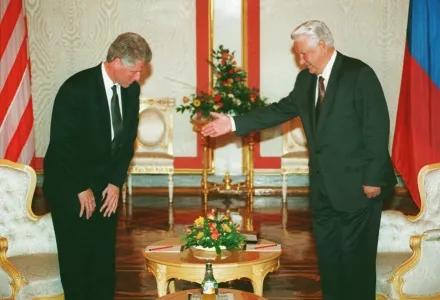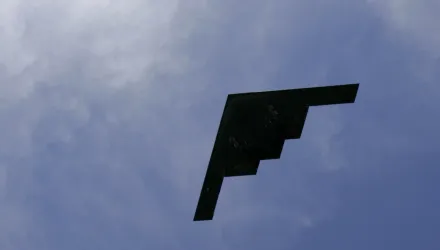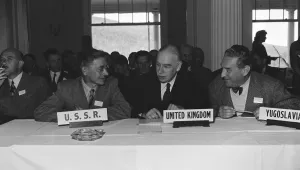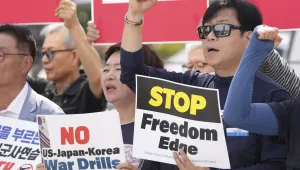International Security is America's leading peer-reviewed journal of security affairs.

Summary
Recently declassified documents reveal a heated debate within the Clinton administration about how to enlarge the North Atlantic Treaty Organization and when. Some administration officials supported a swift offer of full membership to a few countries. Others advocated a slower, phased approach to include a larger number of states. As a result of missteps by Russia, pressure from Central and East European leaders, and the success of the Republican Party in the 1994 midterm elections, proponents of full membership to a small number of states ultimately claimed success. This outcome continues to influence transatlantic and U.S.-Russian relations.
M.E. Sarotte, “How to Enlarge NATO: The Debate inside the Clinton Administration, 1993–95,” International Security, Vol. 44, No. 1 (Summer 2019), pp. 7–41, doi.org/10.1162/ISEC_a_00353.





